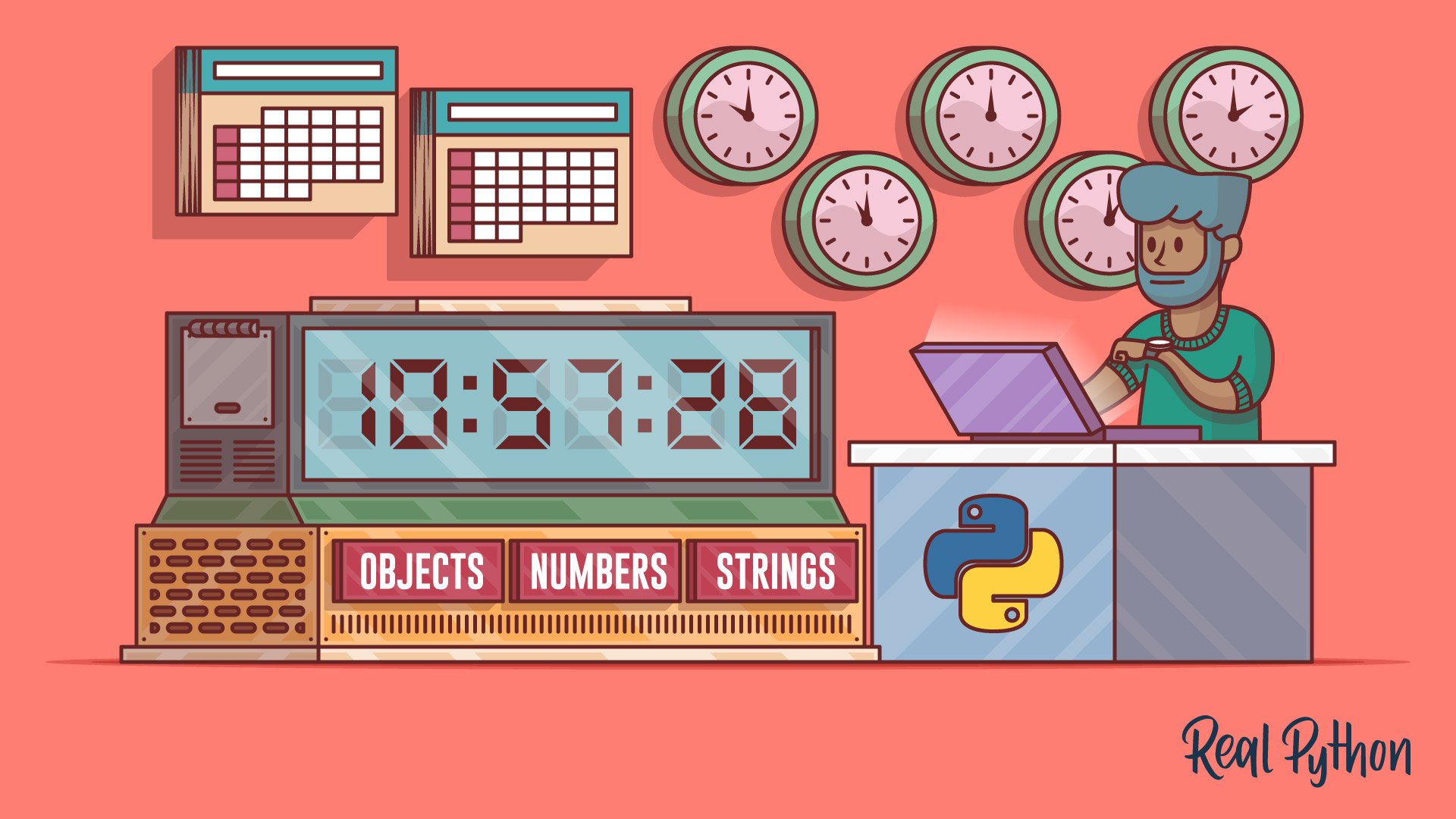In this tutorial, you’ll learn how to use the Python time module to represent dates and times in your application, manage code execution, and measure performance.
The Python time module provides many ways of representing time in code, such as objects, numbers, and strings. It also provides functionality other than representing time, like waiting during code execution and measuring the efficiency of your code.
This article will walk you through the most commonly used functions and objects in time.
By the end of this article, you’ll be able to:
- Understand core concepts at the heart of working with dates and times, such as epochs, time zones, and daylight savings time
- Represent time in code using floats, tuples, and
struct_time - Convert between different time representations
- Suspend thread execution
- Measure code performance using
perf_counter()
You’ll start by learning how you can use a floating point number to represent time.
#python #web-development #developer

1.85 GEEK